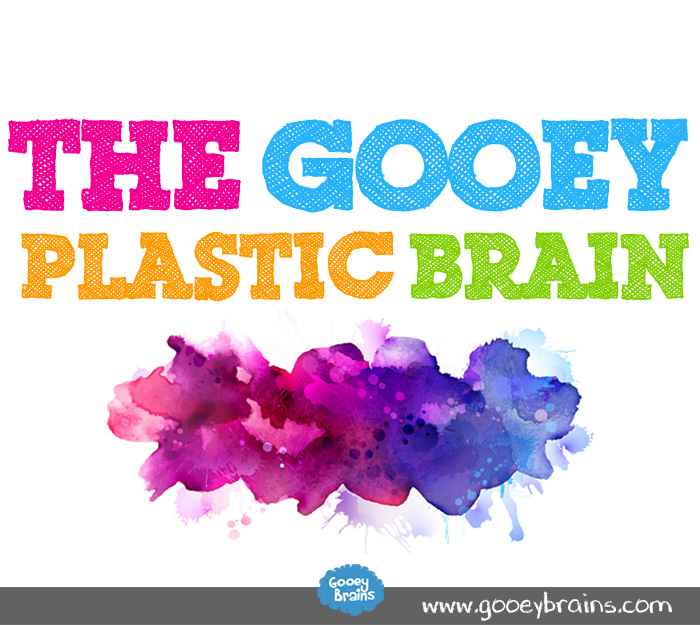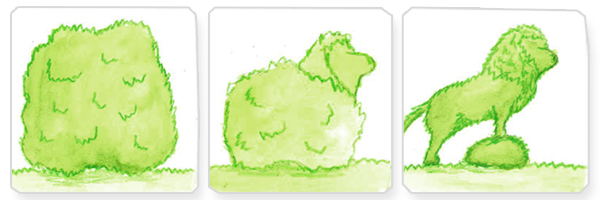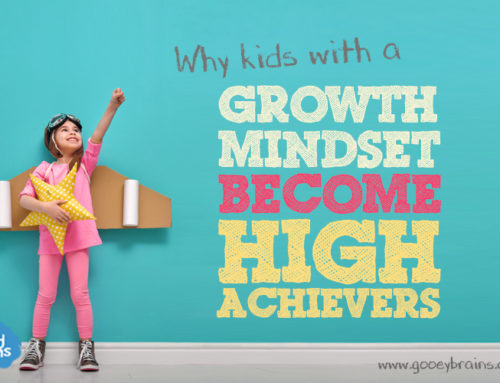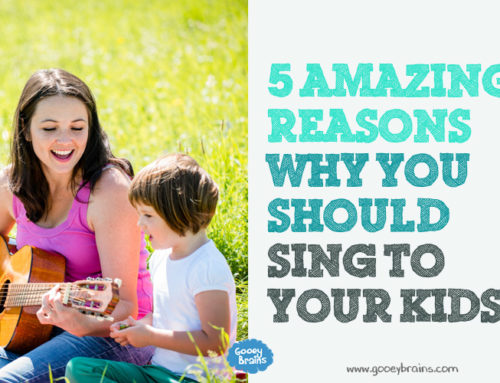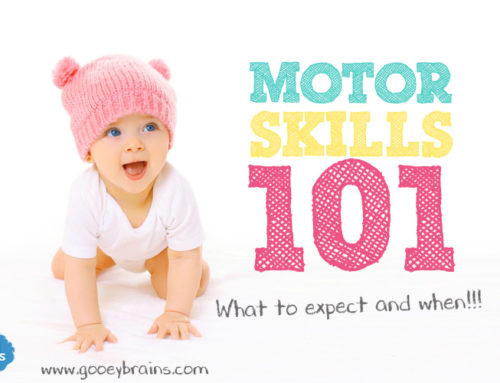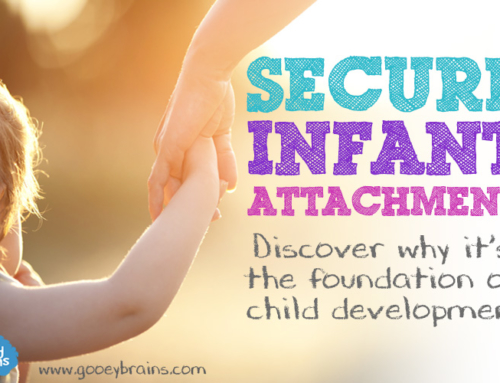-
Experience expected plasticity
-
Experience dependent plasticity
Experience expectant plasticity
Now this one is really cool, and helps the human race to evolve to take advantage of changing environments. Our genetics give our neurons a stencil or template on how they should probably connect up together after birth. But our genes don’t have the final say! After a human baby is born it fine tunes all of its connections based on the environmental conditions that it experiences and moulds its brain connections to take the best advantage of conditions. To make sure that the brain succeeds in this it actually produces way more connections than it needs in each area, so it can then remove anything that is not needed later.
Our babies need to explore and be exposed to lots of different things in order to join up connections in their brain. Their brain then locates the BEST connections to help them in their environment and strengthens these while pruning away the less necessary connections.
Experience dependent plasticity
We can also mould our brains by using learning and memory. That is, the brain changes itself as it learns information and stores some of the information in connections that we know as our ‘memory’.

